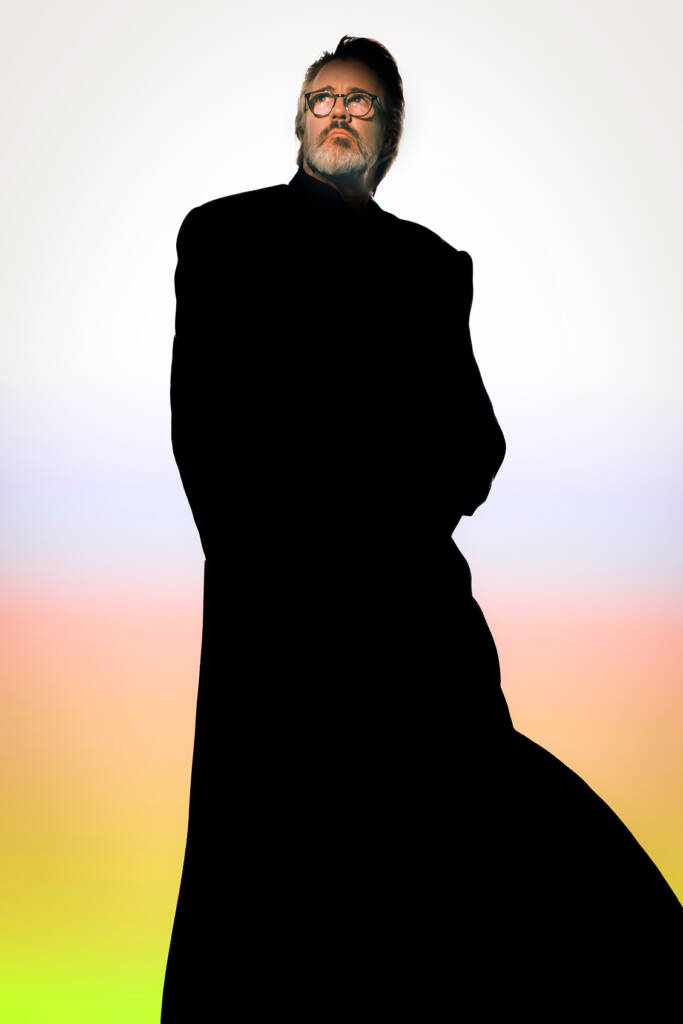“Art is not the object, but what the object does to the world,” Olafur Eliasson reflects. Using elemental forms—light and water, colour and movement—the Danish-Icelandic artist brings perceptual systems into sharp relief. Though Eliasson’s work spans many forms, he is best known for large-scale installations like the artificial sun shrouded in mist that transformed the Tate Modern’s Turbine Hall (The weather project, 2003), a series of glacial slabs of ice left to slowly melt in city squares during climate summits (Ice Watch, 2014-18), and monumental man-made waterfalls installed everywhere from the Palace of Versailles (Waterfall, 2016) to the base of the Brooklyn Bridge (The New York City Waterfalls, 2008).
Eliasson relocated to Germany from Denmark in 1995. In a sprawling building that once housed a Berlin brewery, he established Studio Olafur Eliassion: a transdisciplinary space where projects are imagined and brought to life by a team of architects, philosophers, researchers, historians, technicians, cooks, and craftspeople. On the occasion of the studio’s 30th anniversary, we sat down with Eliasson to discuss art as language, the courage it takes to connect, and the necessity of reorienting ourselves away from consumption and towards cooperation and communication.
hube: In your creative practice, you use two tools: science and art. Which do you think has a greater influence on the shape of our ethics?
Olafur Eliasson: The topic of ethics to me sparks questions such as “what are human rights and what are the rights of non-humans?” I see ethics as the shadow of our values—one fol- lows another. Sometimes, I think ethics are perceived as something that is solid and non-negotiable. I would say science has had a greater influence on shaping ethics than art. Art is inherently subjective—there is no requirement for “truth.” Science, with its foundation in evidence and fact, perhaps plays a more direct role in shaping how we define ethics.
I think back to Lynn Margulis theory that symbiosis—that is, cooperation—plays a fundamental role in evolution. When she first wrote about it in the 1960s, it was met with suspicion, because scientists generally favoured Darwinian theories of evolution based on competition and survival of the fittest. Somehow, the Darwinian theory speaks to something that is intrinsic to the competitive capitalist societies of today.


